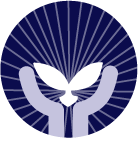Betsy Kobayashi
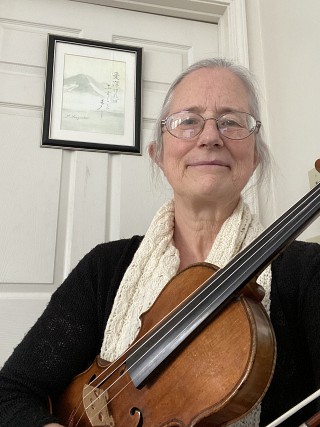
Betsy Kobayashi received a B.A. degree with a concentration in viola performance from the University of New Hampshire in 1976. She studied viola with Pamela Benjamin Adelstein and Lillian Fuchs, violin with Thomas Halpin, and chamber music with the Manhattan String Quartet and the Rowe String Quartet. From 1986-1988 she studied violin performance and pedagogy with Dr. Shinichi Suzuki and received a graduation certificate from the Talent Education Institute in Matsumoto Japan. She also has Suzuki training through the SAA with many renowned pedagogues, including Mary Cay Neal, William Starr, Sanford Reuning, Linda Fiori, Teri Einfeldt, Kathy Wood, and Barbara Barber.
Ms. Kobayashi has been teaching since 1976. Her areas of expertise include violin, viola, group class, orchestra director, and chamber music coach. She has taught in many organizations including the Buffalo Suzuki Strings (program and workshop director), Buffalo Arts and Music for underserved children, the New England Suzuki Institute, Snow Pond Community Music School, Snow Pond Center for the Arts, and Kents Hill School. From 1988-1993, she was a private studio violin teacher in Tokyo, Japan, affiliated with Talent Education of Japan.
She is co-founder and artistic director of Pineland Suzuki School in the Augusta area where she has taught for over 30 years. (Maine is the Pine Tree State and Pineland is a rough translation of Matsumoto!). As president of the Maine Suzuki Association, and in her leadership role with Pineland Suzuki School, she organized workshops and local and overseas tours, and founded the Sonata Festival for advanced students. She has also organized benefit concerts, raising thousands of dollars for scholarships and programs for the Pineland Suzuki School. Her students have won places in All-State Orchestra and the Suzuki Association of the Americas Honors Orchestras. She has taken two groups of students to Japan, in 2013 to join the International Suzuki Conference and in 2018 to participate in the Suzuki Summer School in Matsumoto. Presently, she is manager and co-founder of Snow Pond Youth Symphony, now called Kennebec Valley Youth Symphony Orchestras, and is involved with starting a community music school in the Waterville area. She is a freelance musician in the New England area and is currently the first violin assistant principal of the Augusta Symphony Orchestra.
Name in Japan: Betsy Deming
Other Places you have lived since Japan: We moved to Maine from Japan and have been here ever since.
Instrument studied in Japan: violin
Dates in Japan: Studied with Dr. Suzuki the summer 1984, and again from June 1986-1988 graduation; got married in Tokyo December 1988 and lived in Tokyo until June 1993
Memories
I had been teaching for about 8 years in Buffalo, NY, with Buffalo Suzuki Strings under the direction of Mary Cay Neal. I was a late starter to Suzuki, becoming a teacher first and a Suzuki student later! I started by just going for the summer of 1984 because it seemed like studying with Dr. Suzuki, the originator of the Suzuki Method, and in the country where it originated, was the thing to do if I was going to be a Suzuki teacher. I was 30 years old.
That first summer I did not think of planning to graduate. But – I met a guy there that summer, and I went back in 1986 for longer, to see how things would work out with him and not necessarily to graduate. But as things were working out with him, and I loved being in Japan and studying at the kaikan, graduating seemed like the natural next step.
Planning my trip was very easy! Someone from the Tokyo office met me in Tokyo and showed me where to get the train to Matsumoto. When I arrived in Matsumoto, Hotaka- san took me immediately to meet Dr. Suzuki, and I felt so honored to meet him right away! Other kenkyusei there told me that I could get English jobs to survive. The Talent Education Institute helped me find a place to live. The first summer I lived with a host family and another kenkyusei.
The first really difficult time I remember was the first day finding my way home from the kaikan to my host family. I had a map and directions someone had given me, but it made no sense. I tried to ask some people along the way, but they had no idea where I wanted to go! Then I heard Fiocco Allegro wafting out of a window, and I thought whoever is playing Fiocco Allegro must be part of the Suzuki family and able to help me! It was another kenkyusei and they knew where my host family lived, not too far away!
I loved riding my bike to the kaikan. I loved riding beside the rushing water. The cars seemed very careful to avoid me even though the roads were so narrow. Even in the winter, I rode my bike because the snow melted quickly. I enjoyed teaching English. After the lesson, the mothers would offer lovely snacks! I remember one time going into English class with a cold, and headache, laughing a lot during the class and leaving feeling perfectly fine! I taught a class at Fuji Denki, and they always remembered my name – Betsy Deming. I found out later why. They had won the Deming prize in honor of my cousin very far removed, W. Edwards Deming.
Every Monday there was a recital. What a great way to improve. I heard students play the same piece many times, each week getting better! Dr. Suzuki even had students play a whole piece during the recital with the bow upside down.
When I was there, kenkyusei group classes were held every morning, seven days a week. There was a forty-year-old beginner and a fourteen-year-old playing Tchaikovsky and everything in between. Dr. Suzuki made it fascinating and possible for each one to learn and grow! It seemed that he always had new little exercises to develop tone, and to develop our ears. One student at a time would run up to the front of the class to perform some little bit, and cookies were prizes for those who had tone!
I loved Musical Expression class with Takahashi-sensei! Here are two musical expression ideas from Takahashi-sensei that I continually work on with students: “Hug the babies!” and Abgesang.
Graduation concerts – What a wonderful celebration! The girls dressed in gorgeous gowns. After the concert was over, a very long line of audience members brought flowers and the clapping did not stop until all the flowers were presented. I don’t remember how long the clapping went on, but it was at least half an hour, I think! (I wonder what others’ memories are …) Playing a whole concert memorized was a monumental feat! At the tea party after my graduation concert, I said something to Dr. Suzuki about being sorry I was so slow to learn. He said, “I can wait.” It was so empowering to hear this!
When he heard that I would be living and teaching in Tokyo after graduation, he emphasized, “We will all teach together.” Of course, it was unusual for a foreigner to teach with the Japanese teachers.
At Christmas time, we had a lovely Christmas concert. Sharron Beamer was Santa Claus. Dr. Suzuki sat on her lap! He was so funny! We sang The Twelve Days of Christmas. Maria W. from Germany and Mrs. Suzuki sang Silent Night in German together. It was so special and so lovely. We celebrated Dr. and Mrs. Suzuki’s anniversary and his birthday. We were like a big family. After my husband and I were married in Tokyo, we had a celebration in Matsumoto. John Berger came and played some fiddle music and we danced! Dr. and Mrs. Suzuki came, but they did not dance.
Hearing the students play solos at the Summer School was so inspiring! Tokyo Budokan concerts – Wow! So organized they were, to the minute! -- thirty-five pages of times and instructions for all the teachers.
One day, there must have been a school vacation and some boys got into the kaikan and were exploring. They were not Suzuki students, but instead of turning them out, Dr. Suzuki offered them cookies! A wonderful example of how he saw the highest potential in everyone and his kind and generous soul.
At one time, I told him I could not really learn the Tchaikovsky. It was too hard. He just said, “OK.” I don’t know what I was expecting, but I was surprised, and it made me want to try harder! I did…but often would stop when I couldn’t play something up to tempo. There was a time when someone was going to observe us playing Tchaikovsky. He told me to do “imitation”!!!! “Fake it”!!!! Did Dr. Suzuki really say that??? I am supposed to fake Tchaikovsky??? Well, I did...and it seemed to put me on the road to completing it.
I finally did play it at the Budokan Grand Concert with other kenkyusei and young students. And I played it at my graduation! (See the story below: My Experience with Dr. Suzuki.)
I only observed Dr. Kataoka’s lessons a few times, but loved her expressive pictures to describe the music which made the children play more beautifully!
The beginning time of orchestra rehearsals with Mr. Takahashi was written, but never the ending time! We just kept going until we were done. I played viola in a Mozart flute quartet with Laura Larson and Yuriko Watanabe. If Takahashi-sensei was walking by when we were practicing, he would just stop in to give us some hints.
Mr. Nagase could play cello and do some awesome magic! That was really fun!
After studying in Japan, another Suzuki teacher and I started the Pineland Suzuki School in Maine, the “Pine Tree State”! The school’s name is taken from Matsumoto, the origin of the pine tree.
In 2013, I took a group of students to Matsumoto for the International Conference. In 2018, I took another group to Aomori and Matsumoto for summer school.
Wow! I think I have become a much better teacher than I ever could have been! The beauty and elegance, character, and discipline he taught me I now teach my students who become much better than me! And some of them are now teaching students who will become better than them…
This little story is on the Maine Suzuki Association website:
My Experience with Dr. Suzuki
by Betsy Kobayashi
When I studied with Dr. Suzuki, he was in his late eighties, yet he seemed to give more energy to students less than 1/10th his age!!!! He could not play violin with his left hand, yet all he needed to show us he did with his right hand and the bow. It is said that the Suzuki Method is very positive, loving, and gentle, yet he was also very strict! Students sometimes cried in frustration at lessons. He said, "Why do you cry? This is my love for you." He really wanted to show us that we could do more than we thought we could do. He said, "You have so much time to practice! 24 hours a day!" As a violist, I went to Japan to study the violin. As a violist, I never imagined playing any major violin repertoire beyond Mozart Concertos (Books 9 & 10). After I played for him a Mozart Concerto, he said, "Now you must learn Tchaikovsky!" This was a very exciting time. He was over 80 years old, and he had a new idea - everyone must learn the Tchaikovsky Concerto, one of the most difficult concertos of all violin literature! He astounded the music world many years before by having children play a Vivaldi Concerto together, then the Bach double, then Mozart and Mendelssohn. Now, Tchaikovsky! At first, in our teacher training group classes which were held 7 days a week, only 2 or 3 students would be playing Tchaikovsky and only part of the 1st movement (which is 20 minutes long). There was great excitement. Dr. Suzuki walked up and down the rows of 40 Japanese and foreign students ranging in age from 14 to 40, patting everyone on the back and saying, "Next time, you too! Next time you will play!" We were absolutely convinced that we could play this piece that was pronounced too difficult to perform when it was composed! Gradually more and more students joined. Students who had started working on it laughed in astonishment and awe at the parts they were struggling with, but others were playing with ease. Finally in March, we played it at the National Concert with about 40 other younger students from all over Japan.
Dr. Suzuki empowered teachers all over the world to empower their students to do more than they ever thought possible. This was his gift to the world: children learn joy and music through study and discipline and intimate contact with great composers.
Photos in Matsumoto

After two years of study at Saino Kyoiku Kaikan, graduation recital October 1988
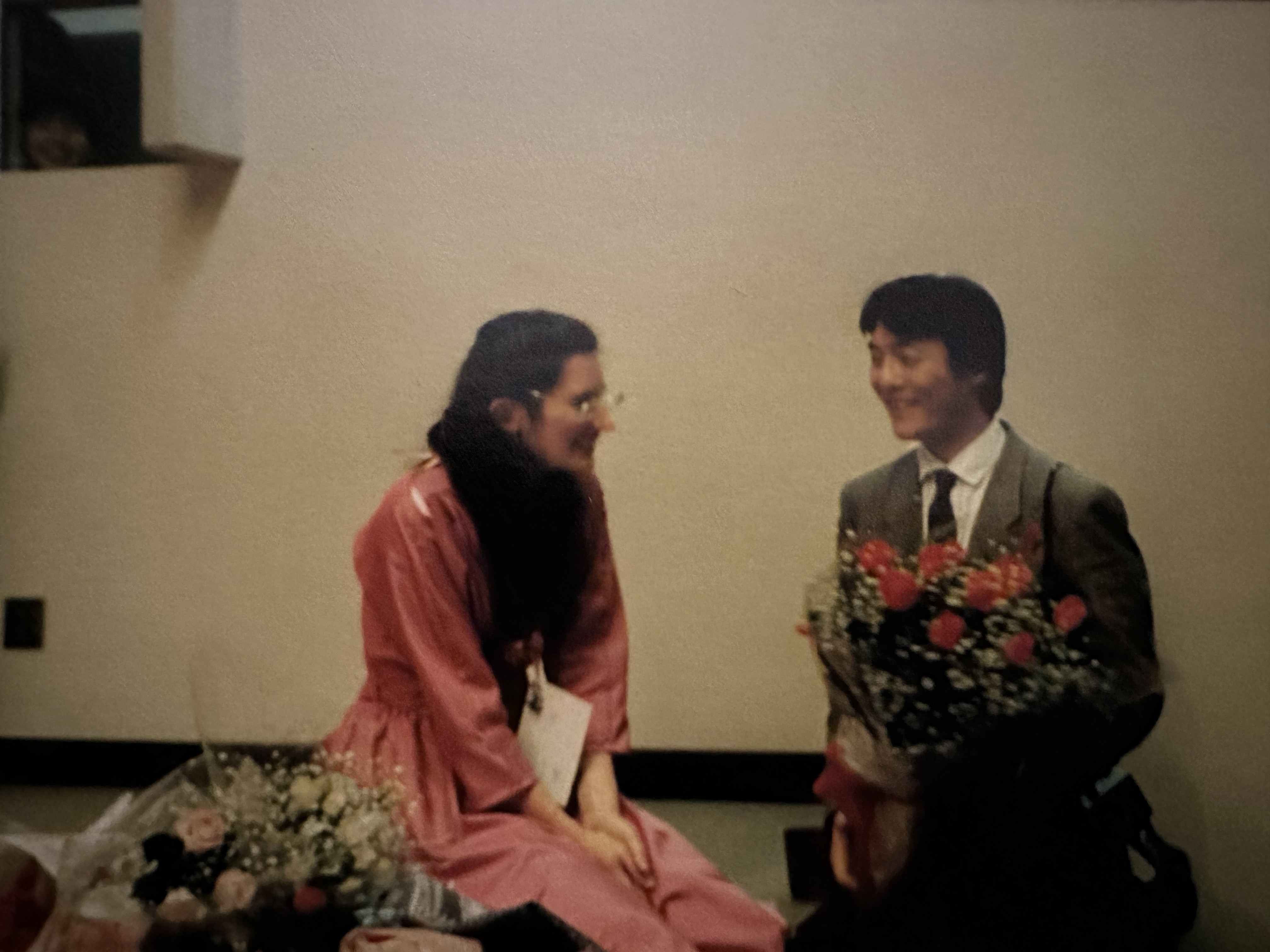
After the graduation, tons of flowers, and the audience kept clapping for 10-15 minutes. Here I am at the end of the concert with my fiancé, Naoto.
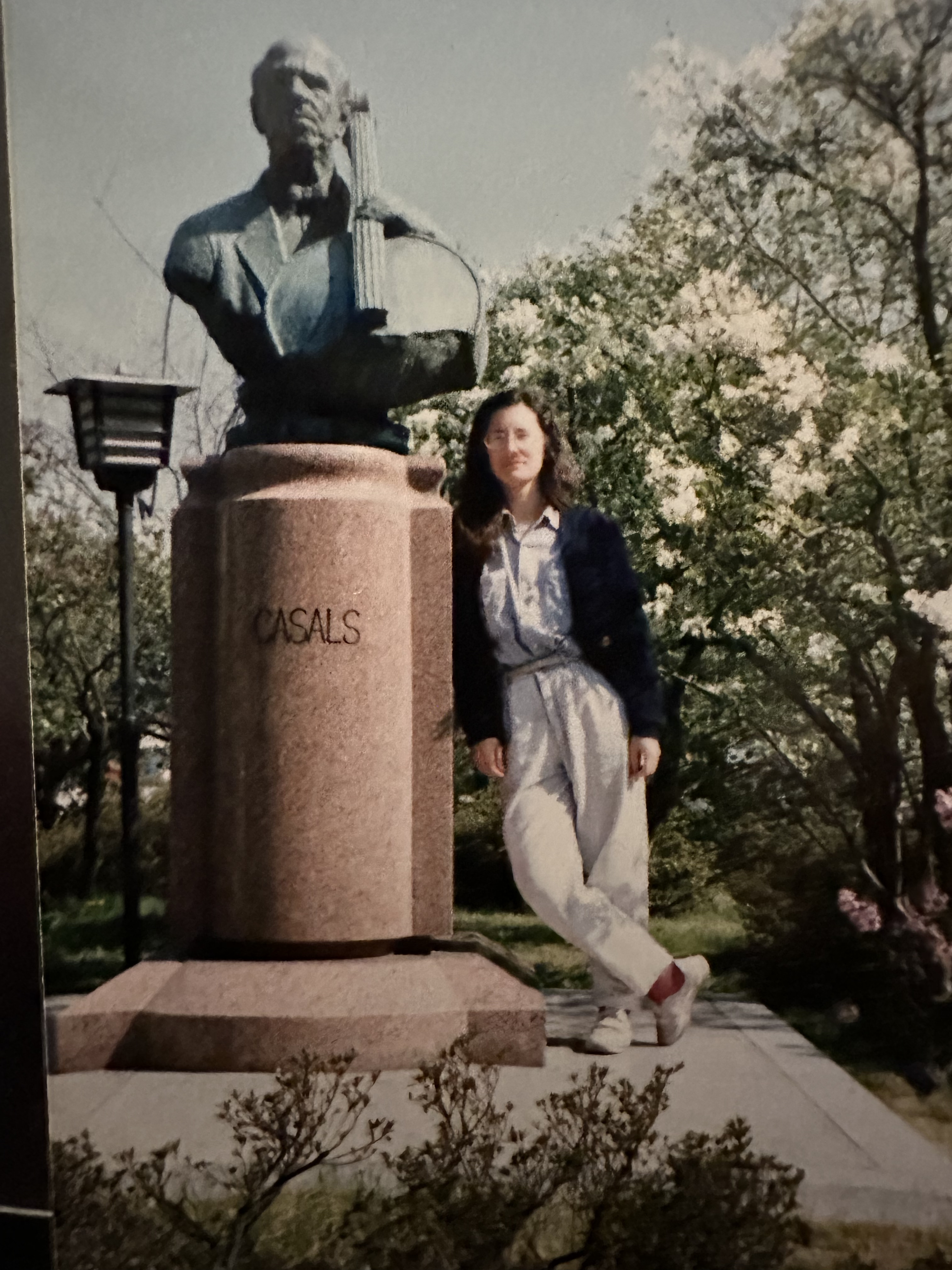
In Lilac Park

Stuart Strauss, Betsy Deming (now Kobayashi), Suzie Brimhall, circa 1986-1988
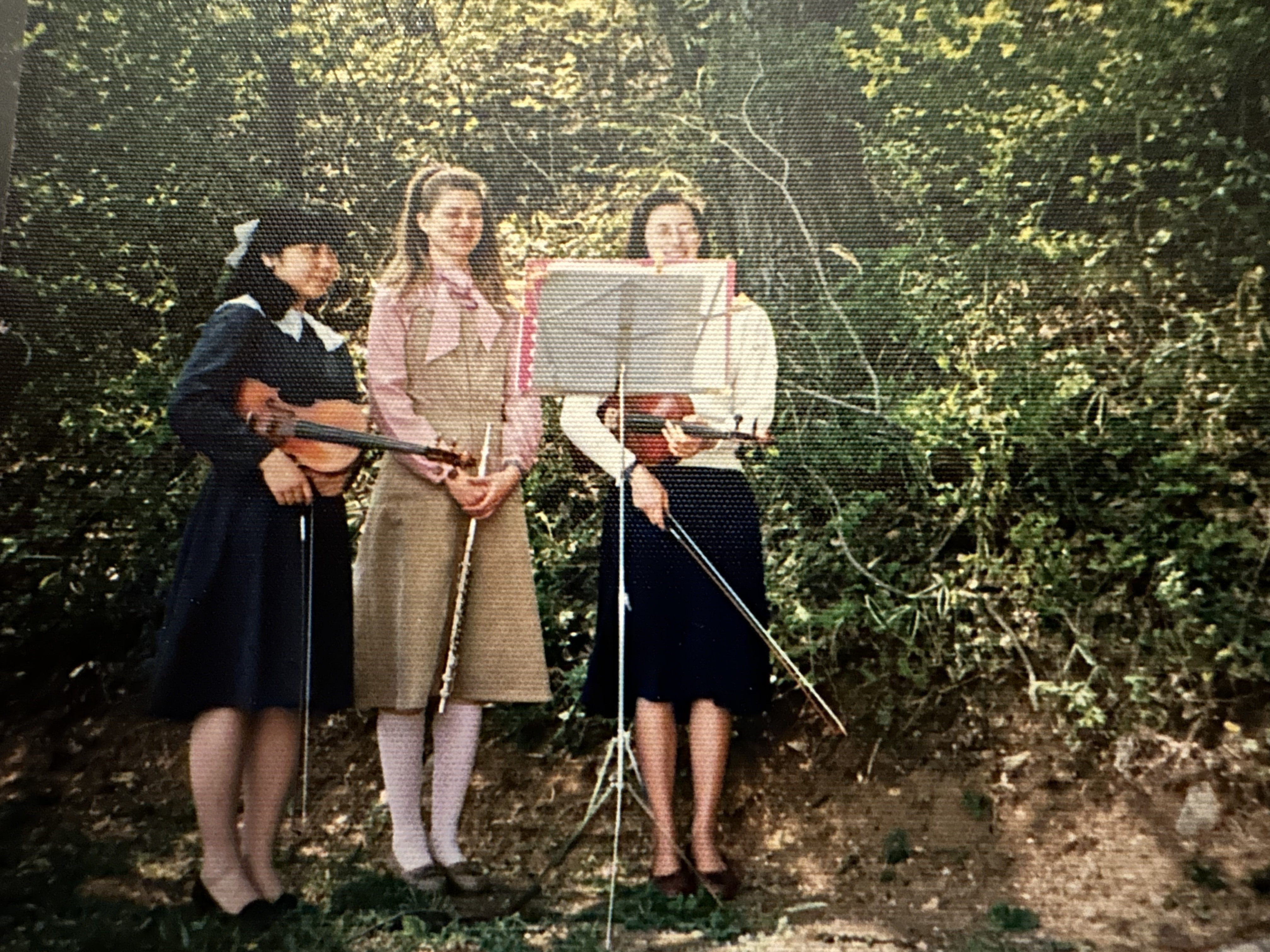
While studying in Matsumoto, we sometimes formed chamber groups on our own and played in various places. Yuriko Watanabe, Laura Larson, Betsy Deming (now Kobayashi)

I took a group of students to the International Suzuki Conference in March 2013. This page is from a thank you book for our many sponsors, filled with photos and haiku written by students, parents, and teachers.

